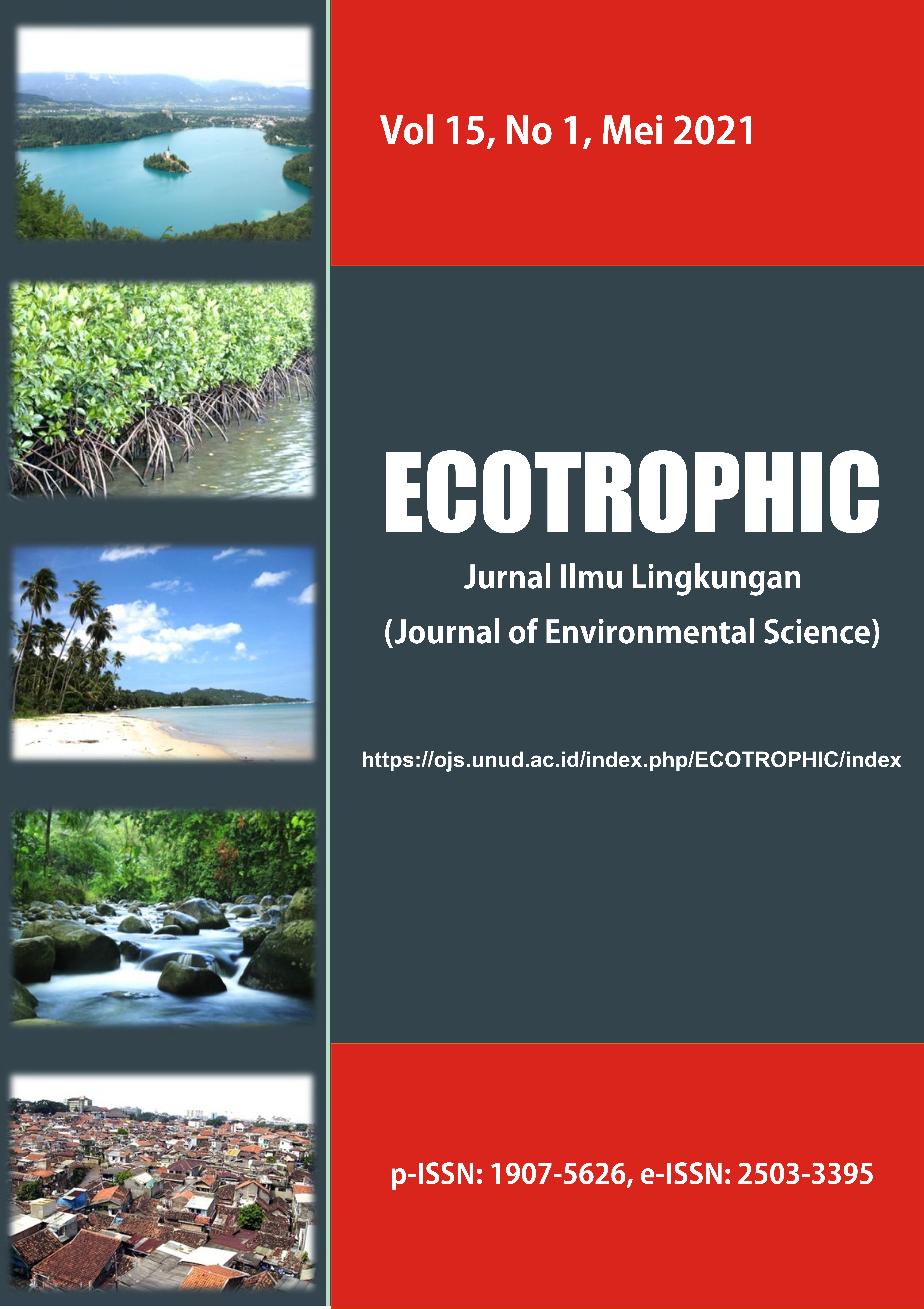RELATIONSHIP BETWEEN CHLOROPHYLL-A AND SEA SURFACE TEMPERATUR WITH Sardinella lemuru CATCHING IN BALI STRAIT
Abstract
The Bali Strait is one of Indonesia's territorial waters that have high natural resource potential. The area is only about 2,500 km2 but has a high potential fishing ground. The Bali Strait has unique and dynamic waters that can cause fluctuations in fish production amount each year. The largest type of fish caught in the Bali Strait is lemuru (Sardinella lemuru), a fish found only in the Bali Strait. This fish plays a significant role in the economy of fishers in the Bali Strait. Each year the catch of lemuru has fluctuated, making fishing locations challenging to predict. Sea Surface Temperature (SST) and Chlorophyll-a (Chl-a) are oceanographic parameters that can affect the resources of the ocean. Oceanographic phenomena, such as upwelling, can also influence the condition of fish resources. Therefore, understanding the relationships between these factors is essential in practical fisheries management. Observation of oceanographic factors is very hard with the field observation due to time and cost limitations. The remote sensing technique is an efficient method to determine SST distributions and Chl-a concentrations using satellite imagery. This study analyzes SST and Chl-a concentration in the Bali Strait using the Global Change Observation Mission(GCOM-C) satellite and determines the correlation between Chl-a and SST with a total fish catch(lemuru) during 2019. The results showed the maximum average Chl-a concentration observed on August 1.62 mg/m3 and the lowest concentration observed on January 0.45 mg/m3, the maximum SST on March was 28.12° C, and on August (Dry season) with 22.40° C. The SST variable's influence provides a negative correlation (R = -0.209) with changes in lemuru catch, while the Chl-a parameter has a positive correlation (R = 0.375) with changes in the catch. The pattern of relationship between Chl-a with fish catching had a good relationship than the SST in 2019.
Keywords: Bali Strait; Sardinella lemuru; SST; Chl-a.
Downloads

This work is licensed under a Creative Commons Attribution 4.0 International License.


